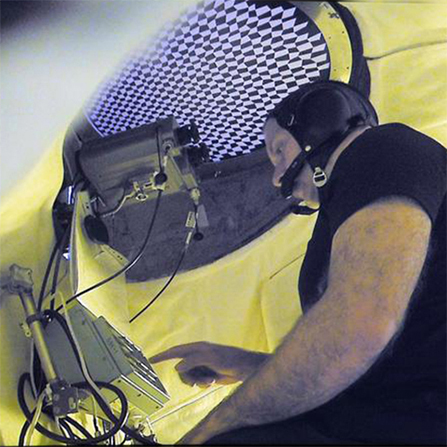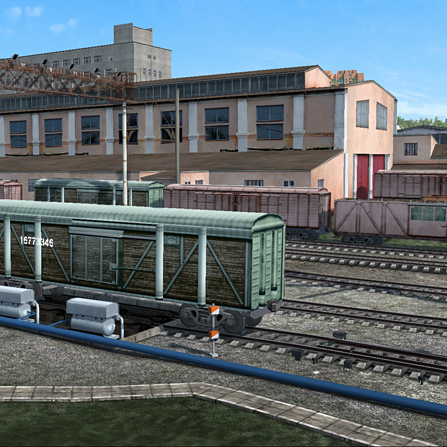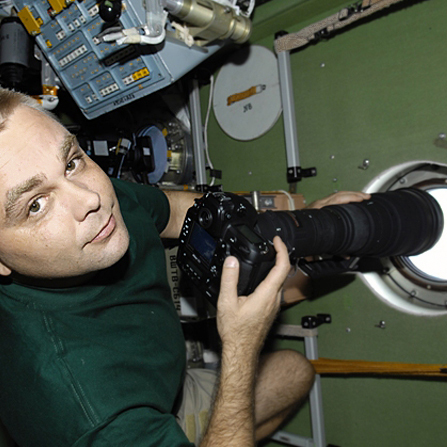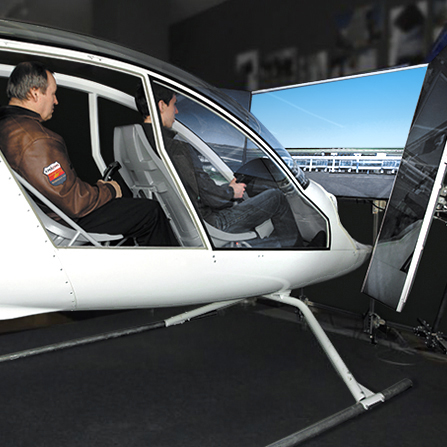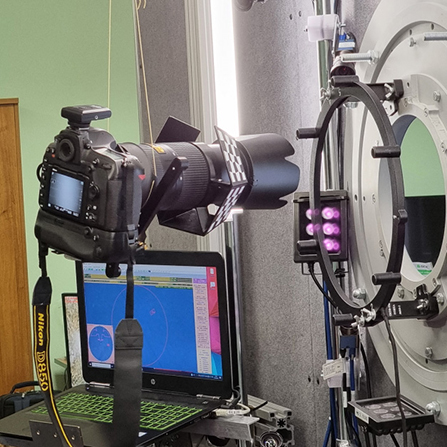


The positioning system was developed during the latest upgrade of the visual-instrumental observation simulator, which is used by cosmonauts to prepare for geophysical research and Earth monitoring from the Russian segment of the International Space Station.
The optical positioning system is developed using video cameras and markers. It determines the location and orientation of a marked object moving within a limited space in real time, controlling all six degrees of freedom of the object.
Black and white markers are placed on the object, while cameras and light sources in both the visible and infrared ranges are positioned statically around the movement zone. The computer processes the video stream from these cameras to determine six coordinates of the position and orientation of the moving object.
During the development, we achieved the following characteristics:
- mean square deviation by angle - less than 1 arc minute,
- mean square deviation by distance - less than 10 µm,
- positioning data output time - less than 50 ms.
Such modernization allows to improve the quality of training and adaptability of astronauts to specific conditions of scientific experiments.
-
Client:
YU. A. Gagarin research & test cosmonaut treining center.

